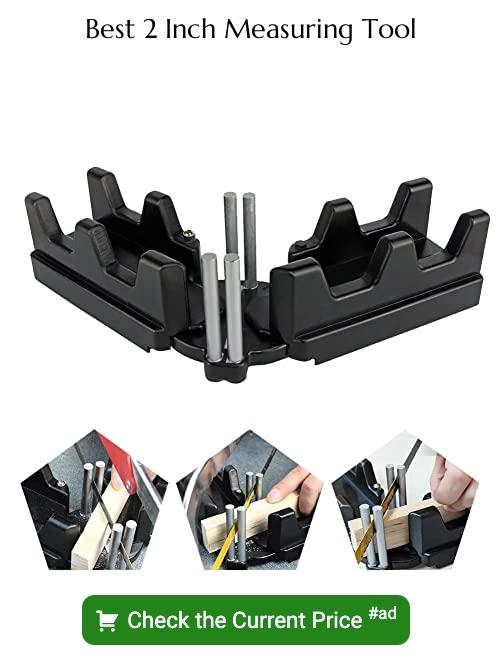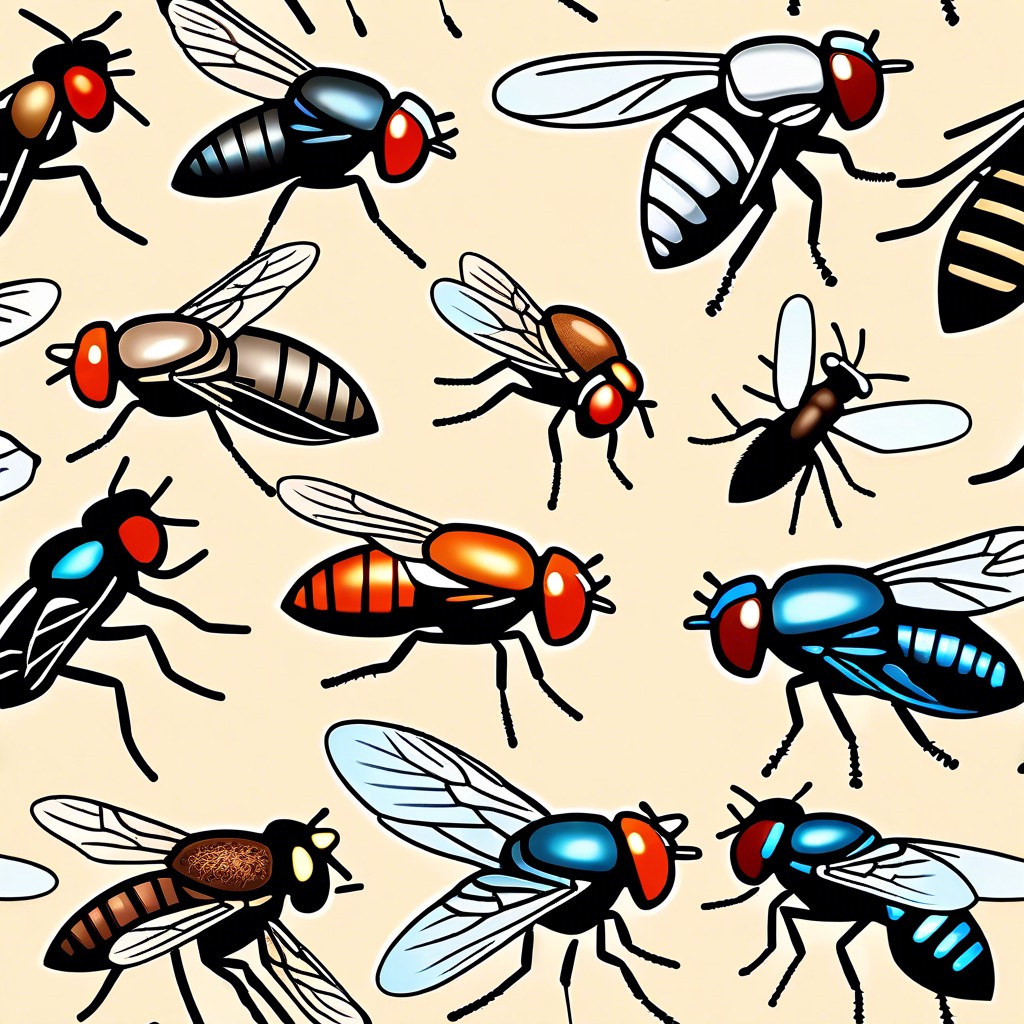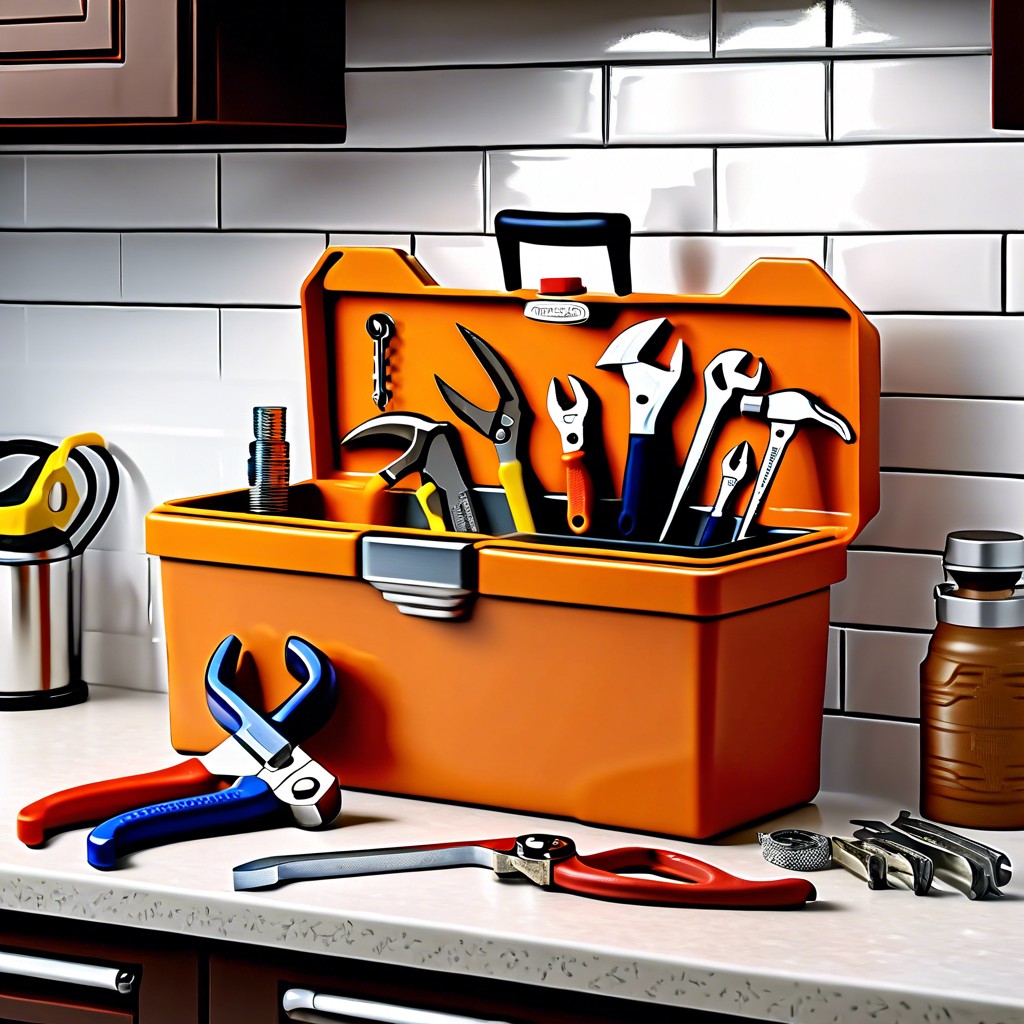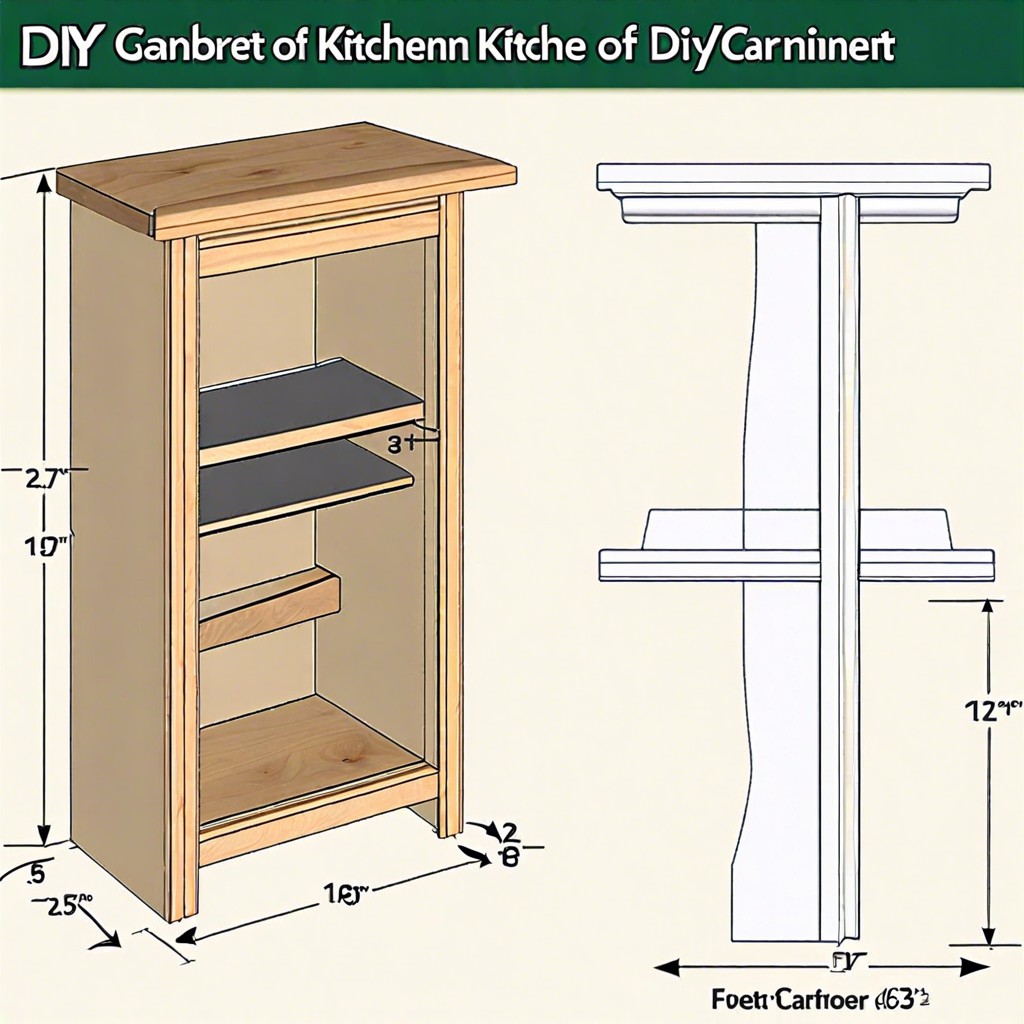Last updated on
Grasping the size of two inches becomes straightforward and fascinating because this article details compelling, practical examples offering an instant, clear understanding of this specific measurement.
Understanding dimensions can sometimes be puzzling without a tangible reference point. Imagine being able to quickly gauge the size of everyday objects when someone mentions “2 inches.” This article lifts the veil on this common measurement by revealing practical examples that are within arm’s reach or a glance away.
From the commonality of US quarters to the size of an ATM card, the context provided here will sharpen your perception of this seemingly modest length. Whether you’re into sports, writing, or even cooking, these comparisons will give clarity and confidence in visualizing 2 inches in the real world.
Dive in to discover these relatable examples and never be left second-guessing your measurements again.
Key takeaways:
- Two US quarters placed side by side is approximately 2 inches.
- An ATM card is just slightly over 2 inches tall.
- Two hockey pucks stacked on top of each other represent 2 inches.
- Two pen caps lined up end-to-end approximately measure 2 inches.
- A jumbo egg is approximately 2 inches in its longest dimension.
What's Inside
Understanding 2 Inches in Everyday Objects

A visual comparison can be incredibly helpful when trying to gauge the size of something. By looking at common items, you can easily relate to the dimension in question. For instance, two US quarters placed side by side measure about 2 inches in width. If you’re without a ruler and need to envision this length, a pool ball provides a perfect example, as its diameter closely matches the 2-inch mark.
When you’re withdrawing cash or making a purchase, an ATM card can serve as a handy reference, as it’s just slightly over 2 inches tall. For those who spend time in the kitchen, the diameter of two 2-liter bottle caps is another quick visual cue. If you’re at your desk, grab two pen caps; stacked end-to-end, they also represent this measurement.
In the world of sports, placing two hockey pucks on top of each other gives a good indication of the size you’re considering. In terms of smaller measurements, lining up three dimes edge-to-edge similarly reflects this distance. Looking at an egg carton, a single jumbo egg is approximately 2 inches in its longest dimension. And in many homes, finding two AA batteries to place end-to-end will offer a fast and familiar approximation.
These everyday objects become useful tools in estimating or measuring short distances, and understanding how to use them can make DIY projects, shopping, and various other tasks just that little bit simpler.
Comparing Common Objects to a 2-inch Length
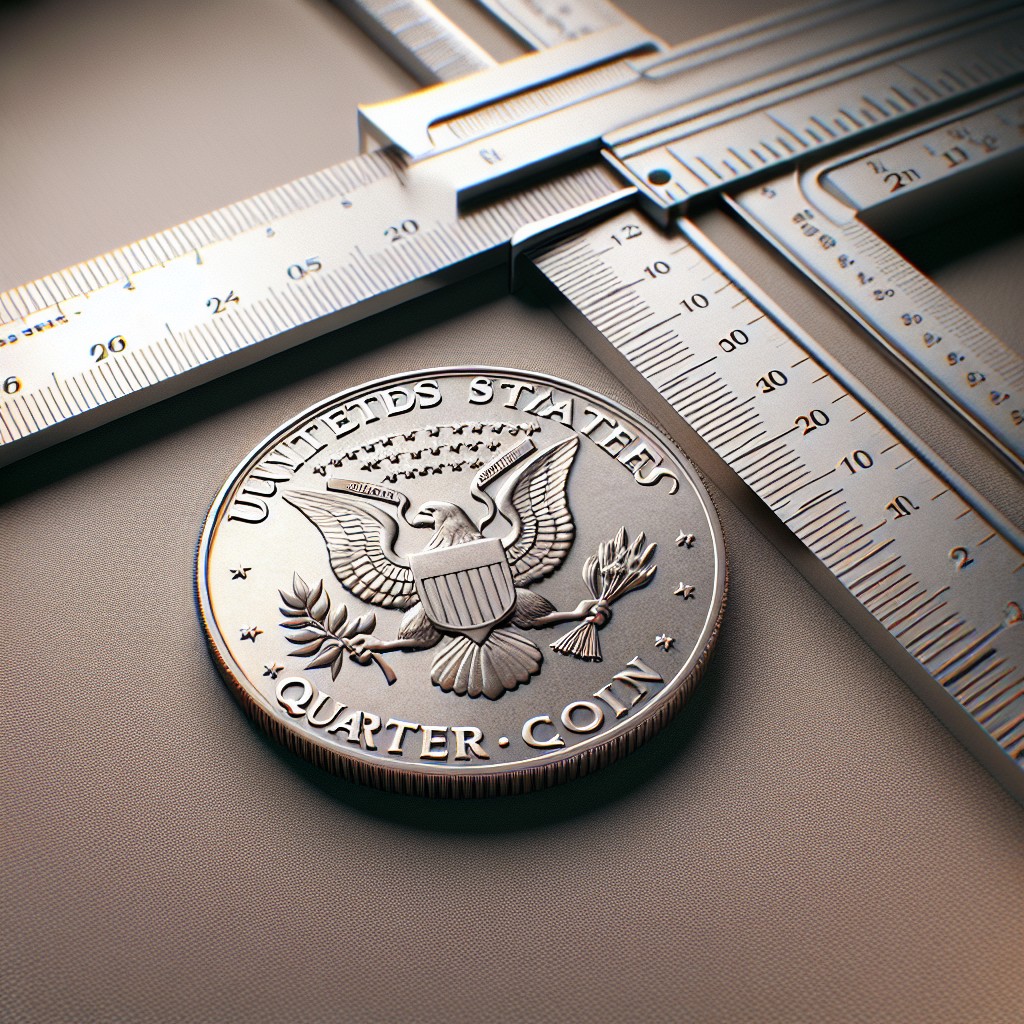
Grasping the dimension of two inches is simplified by looking at everyday items. Take the width of a standard credit card, which is often just over 2 inches wide—a quick and accessible reference.
Delving into your pockets, a stack of five U.S. pennies equals approximately 2 inches when laid flat.
If you’re dressing up, the width of a typical tie is another example; many ties are about 3 to 4 inches at the widest point, so half the width can serve as a rough 2-inch measure.
In the craft room, the standard diameter of a large button typically measures up to 2 inches across.
By associating these common items with the length in question, estimating 2 inches in various settings becomes an intuitive and practical skill.
Visualising 2 Inches With Coins: Two US Quarters
If you’re trying to picture how long 2 inches is, consider reaching into your pocket for some change. Two US quarters, placed edge to edge, span approximately 2 inches. Each quarter has a diameter of about 0.955 inches, so together, they provide a handy visual estimate that’s just slightly over the 2-inch mark.
When you don’t have a ruler on hand, and you need a quick measurement, two quarters can be a practical reference. Whether you’re spacing small hanging photo frames, verifying the width of a belt, or even planning where to place small craft items, this coin method is useful. Keep in mind, the precision is not perfect, and for exact measurements, a ruler or tape measure is preferable. However, in casual settings where an approximation will do, this common coin provides a helpful visual aid.
Recognising 2 Inches in Sports Equipment: A Pool Ball
If you’re a fan of billiards, using a pool ball for measurement can come in quite handy. Standard pool balls have a diameter just slightly above 2 inches.
By imagining laying two pool balls side by side, you can get a close mental picture of the length you’re trying to gauge. Since pool balls are a global standard in size, this method provides a reliable yardstick regardless of where you are.
It’s perfect for visualizing small spaces in a game room or when planning to mount a wall rack for your pool cues, ensuring you allow just the right amount of space. Remember, while a single pool ball is a tad over 2 inches, it still offers a solid ballpark figure for your measuring needs.
The Size of Personal Finance Tools: An ATM Card
An average ATM card is about 3.37 inches in length, making it a handy reference when you need to visualize something slightly larger than 2 inches.
When you fold the card lengthwise, the folded section is approximately 2 inches. This fold provides a visual and physical cue for estimating 2-inch lengths, especially useful in situations where you might be setting up a personal budget binder or organizing wallet compartments.
Always remember that using an ATM card for a rough measurement is convenient when you don’t have a ruler on hand during shopping or DIY projects.
Kitchen Measurements: Two 2-liter Bottle Caps
When you’re whipping up a feast or just making a quick snack, consider the humble bottle cap for a surprising reference point. Most caps from 2-liter soda bottles measure almost exactly an inch across. By stacking two of these side by side, you’ve got a handy ruler for a 2-inch measure.
Next time you’re slicing veggies or dough and need a quick visual, grab a couple of bottle caps from your recycling bin. They’re especially useful for getting consistent thickness in items like homemade crackers or cookies. Remember, accurate measuring can be the difference between culinary triumph and disaster! Plus, it’s a great way to upcycle and teach kids about measurement in a pinch.
Office Supplies As a Guide: Two Pen Caps
Dive into any office drawer, and you’ll likely find a pen. But pens aren’t just for jotting down notes — they can be a handy measurement tool, too.
Take the cap off one of these writing instruments, and you’ll have a rough estimate of an inch. Line up two caps end-to-end, and you’ve approximated the 2-inch mark.
This is particularly useful when you need a quick visual on document margins or are trying to center a label. With pen caps as a makeshift ruler, you can maintain productivity without pausing to hunt down an actual measuring tape.
This method showcases how everyday items can serve multiple purposes, even in unforeseen ways.
Ice Hockey Equipment: Two Hockey Pucks
Stacking two standard ice hockey pucks on top of each other gives you a quick reference for 2 inches since each puck is about 1 inch thick.
This can be particularly handy if you’re around the rink or have sports equipment at home.
If you need to measure something and you’re without a ruler, these pucks can provide a makeshift solution.
Moreover, understanding this comparison may improve spatial awareness when strategizing game plays or organizing equipment.
Keep in mind that while this method is useful for a rough estimate, it’s always best to use proper measuring tools for precision.
Familiar Change: Three Dimes
If you find yourself needing to visualize 2 inches but don’t have a ruler handy, you can use three dimes stacked on top of each other as a reference.
Each dime is about 0.053 inches thick, so when you combine three, you get a stack approximately 0.159 inches tall.
While this doesn’t reach exactly 2 inches, it offers a quick visual cue.
For a more precise measure, you’d need a stack of about 38 dimes to equal roughly 2 inches in height.
Remember, this method isn’t perfect for precision tasks, but it’s a convenient rule of thumb for a ballpark estimate when you’re on the go.
Cooking Measures: A Single Jumbo Egg
When you’re in the kitchen, and you need a quick reference for 2 inches, just think of a jumbo egg.
These eggs are not just crucial for your breakfast scramble; they also come in handy as a measuring guide.
Most jumbo eggs are approximately 2 inches in length at their longest point, offering a tangible way to estimate size when following recipes or distributing ingredients.
This can be useful when spacing out cookie dough on a baking sheet or even planting seeds at the recommended distance in your garden.
Next time you’re looking for a two-inch estimate, just reach for a jumbo egg from your refrigerator.
FAQ
How much is 2 inches in fingers?
Two inches approximately equates to 2.29 fingers.
What is an inch visually?
An inch visually is approximately the distance from the top knuckle on your thumb to your thumb tip.
How can everyday objects exemplify a size of 2 inches?
Everyday objects that exemplify a size of 2 inches include common items like a bottle cap, a golf ball, or the short side of a credit card.
How does 2 inches represent on a standard ruler?
On a standard ruler, 2 inches is represented by two segments marked with the numbers 1 and 2 respectively, separated by a distance equivalent to one inch each.
How to accurately estimate 2 inches without a measuring tool?
Compare the object’s length to the width of an average adult’s two fingers (the index and middle finger together), which typically measures approximately 2 inches.
